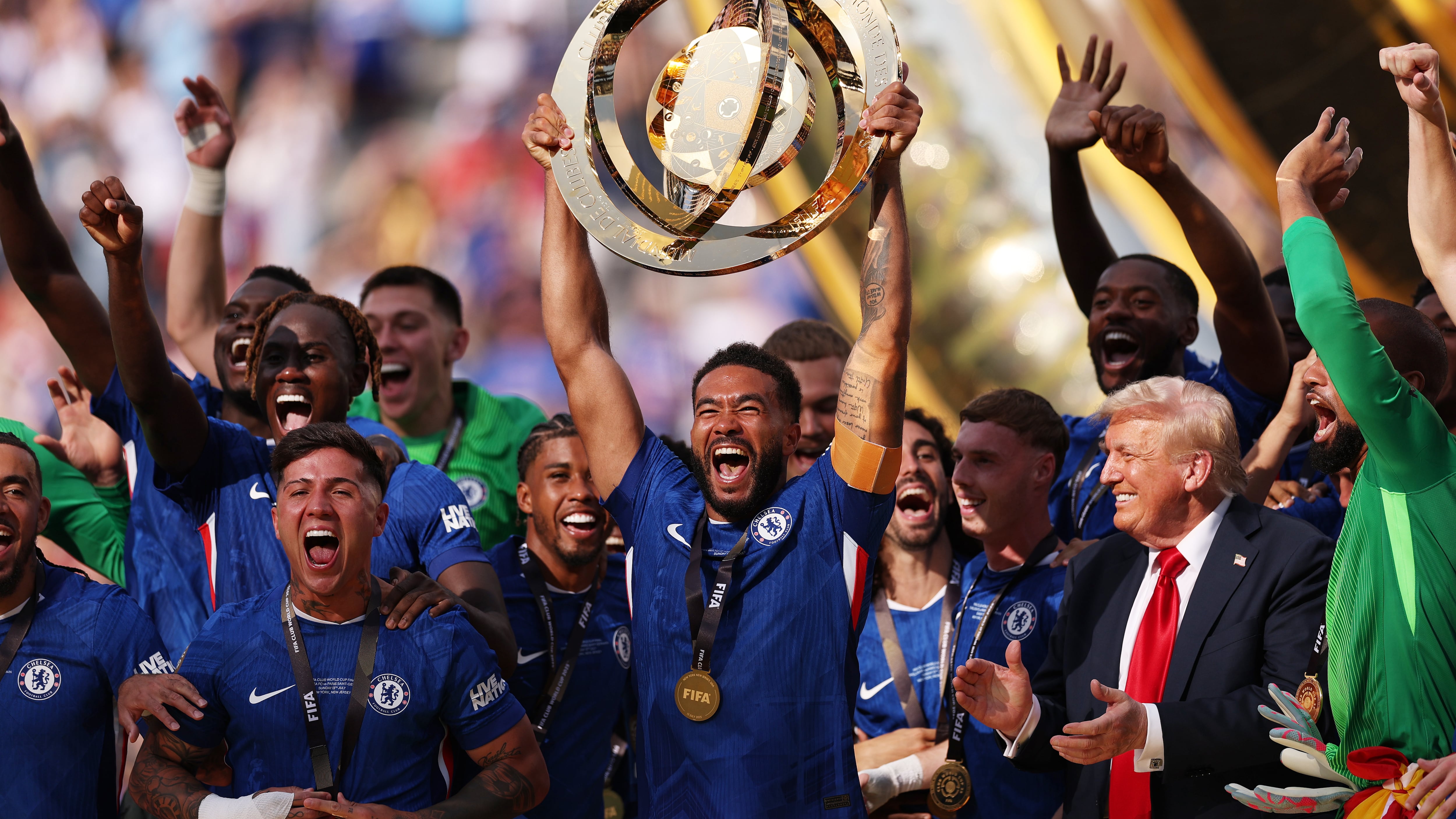The first 32-team Club World Cup, held entirely in the United States, came to an end after Chelsea’s surprising victory over PSG at the MetLife Stadium in New York, the same venue for the final of the World Cup of national teams on July 19, 2026.
PUBLICIDAD
The tournament, although essentially a commercial venture by FIFA president Gianni Infantino, also served as preparation for next year’s World Cup, which will feature a record 48 teams and 104 matches, with 78 of them to be played in the United States.
PUBLICIDAD
This allows us to draw conclusions and some alerts in preparation for the main global sporting event that will take place in North America in 11 months.
The American public is not easily enthused
Eleven of the 16 stadiums for the 2026 World Cup will be in the United States and all of them are NFL venues, meaning they have the capacity to accommodate a large number of spectators. The “smallest one” is the Hard Rock Stadium in Miami, which can host up to 67,000 spectators.
This poses a big challenge for FIFA, as only 62% of the capacity was filled at the Club World Cup. In the first round, 80,000 people watched PSG vs. Atlético Madrid at the Rose Bowl in Pasadena, but on the other hand, there were very poor attendances, such as the 3,400 fans at Ulsan vs. Mamelodi Sundowns in Orlando.
It is true that teams like Argentina, Brazil, Colombia, England, Spain, the Netherlands, or Germany can attract large audiences, but this will be the first World Cup with 48 teams, and teams with very low profiles like Uzbekistan and Jordan are already qualified, and in Africa, Cape Verde and Gabon have good chances of securing their tickets. How many people could these teams attract in front of a demanding audience accustomed to major events like the one in the United States?
In addition to that, there are possible restrictions that thousands of tourists could face from the government of Donald Trump, especially those traveling from Latin America, Africa, or Asia. Iran has already qualified for the World Cup, but people from that country are banned from entering the United States.
In the case of Canada and Mexico, public interest should be more guaranteed: for Canadians, this will be their first World Cup and they will only host 13 games, and Mexicans are a much more football-crazy country than the other two tournament organizers.
Weather-related suspensions
In all the World Cups held from 1930 to 2022, rarely did a match not start on time. The most remembered case occurred in 1974, in a second-round match between West Germany and Poland, which was delayed by 30 minutes due to rain that turned the field into a lake.
But in the recent Club World Cup, six matches were paused due to electrical storms and the strict regulations of the United States regarding adverse weather conditions in outdoor mass events. The tournament will be held in the summer, a time of severe storms in the United States. What will happen in the World Cup and how will suspensions like that affect the television broadcasts that reach the entire planet?
Dangerous schedules for players
Just as it happened in the Club World Cup, a good portion of the World Cup matches will be played at noon and in the afternoon, with the European audiences in mind, who are six hours ahead of the Eastern United States or Toronto in Canada. Both Club World Cup semifinals and the final were played at 3 pm EST, 9 pm in countries like Germany, Spain, or France.
This represents a big alert for the players, who will be exposed to temperatures of 90° F (32°C) or higher and high humidity.
In the 1994 World Cup in the United States, Diego Maradona had a strong confrontation with FIFA over the match schedules.
Argentinian Enzo Fernández, champion with Chelsea, described the temperature as “dangerous.”
Four-quarter games
It is not an official rule nor is it written in any regulation, but in the Club World Cup, “cooling breaks” at half-time became common, to allow players to hydrate and rest in the face of high temperatures (over 90°F or high humidity).
Since the decision is made by a medical delegate from FIFA, it is likely that we will see a large number of these stoppages at the next World Cup. To protect the players? On one hand, yes, but these breaks of at least 90 seconds also allow for the introduction of commercial breaks during the games.
Four-quarter games like the NFL to increase commercial advertising is an old idea that is circulating within FIFA. We will have to start getting used to it.
